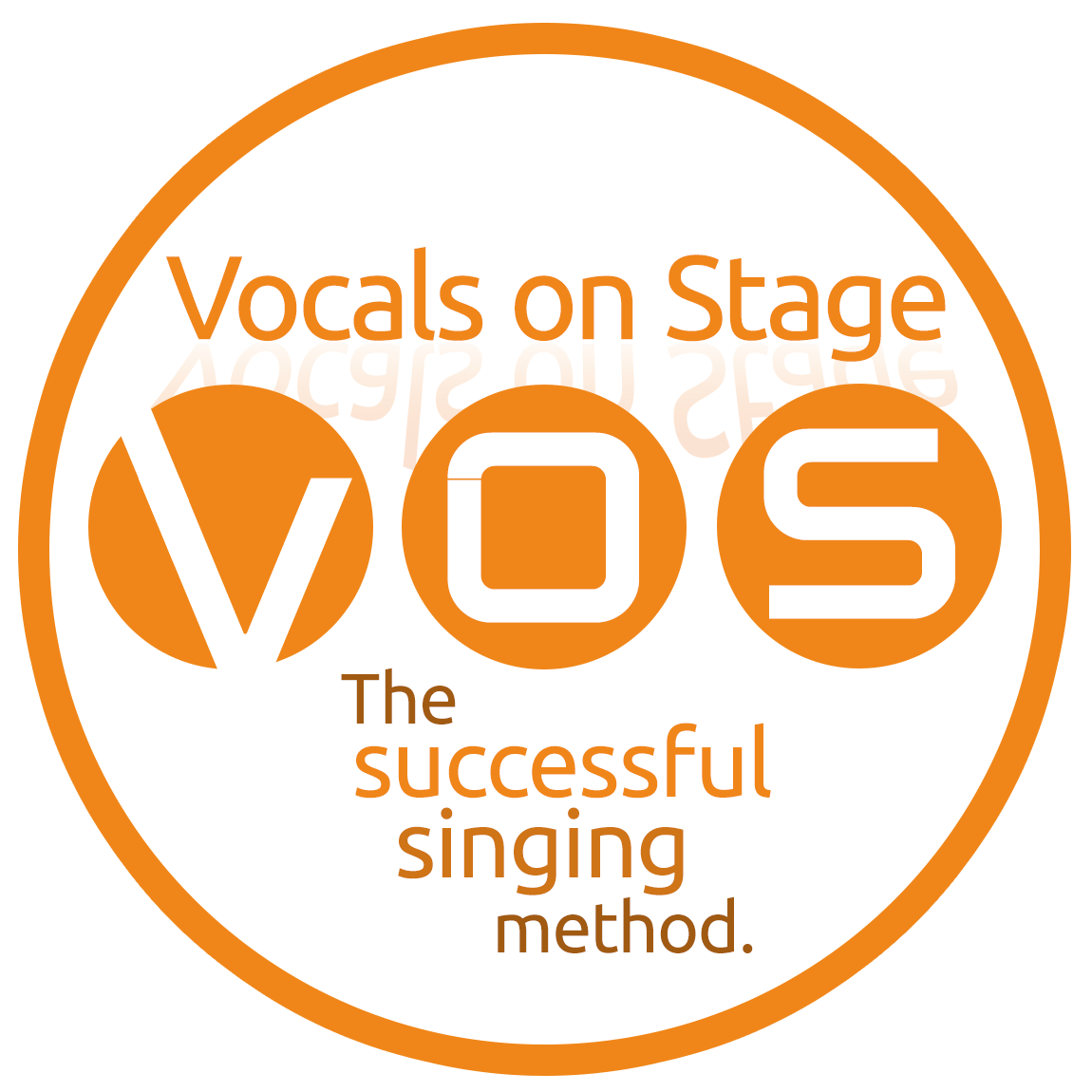Turning Bedrooms Into Bangers: Building Your Own Home Recording Studio Without Going Broke
Image via Freepik
Turning Bedrooms Into Bangers: Building Your Own Home Recording Studio Without Going Broke
There’s a quiet thrill that comes from pressing record in your own space. No ticking clock in a high-priced studio, no engineer breathing down your neck—just you, your ideas, and a patchwork of gear collected over time. More and more musicians are ditching the glossy studio setups and turning their bedrooms, closets, and basements into lean, mean recording machines. It’s not just a budget move—it’s a mindset shift. Your studio doesn’t need to be perfect. It just needs to be yours.
The Space You Choose Changes Everything
Before you even consider what gear to buy, you’ve got to assess the space you’re working with. Don’t overlook the acoustics of your room—blank walls and hardwood floors may look great, but they’ll bounce sound in weird ways that can wreck a mix. Small tweaks make a world of difference: throw down a thick rug, hang some curtains, toss up a few acoustic panels or even DIY ones made from rock wool and canvas. You’re not trying to soundproof the room like Fort Knox; you’re just taming the chaos.
Treating Your Mic Like a Living Thing
Your microphone is more than a tool—it’s the ear of your entire operation. For vocals, a good condenser mic is the go-to for clarity and detail, but don’t think you need to drop $1,000 to sound good. There are workhorses out there (shoutout to the Audio-Technica AT2020) that punch way above their weight. What really matters is mic placement and how you work the mic—singing too close, too loud, too quiet—it all adds up. Learn your mic’s quirks like you’d learn a bandmate’s habits.
Your Interface Is the Gateway Drug
The audio interface is the heart of your setup—it connects your microphone or instruments to your computer and converts analog signals into digital ones. You don’t need a rack-mounted monster with ten preamps. Most home setups thrive on a simple two-input interface, like the Focusrite Scarlett 2i2 or the Universal Audio Volt. Think of it like the difference between a subway pass and a Rolls-Royce. Both get you where you need to go—one’s just a little flashier.
Editing With Ears and Intention
Once you’ve captured the raw takes, the real magic happens in the editing phase. This is where comprehensive video-audio editor tools come into play—not just for trimming silence or cutting breaths, but for shaping the emotion and polish of a track. Whether you’re compressing vocals, automating levels, or fine-tuning EQ curves, these tools can be the difference between a muddy demo and something that demands attention. For artists looking to clean up their tracks without diving too deep into the weeds, look for platforms that use AI to remove background noise and sharpen vocal clarity.
Monitors Matter, But Don’t Ignore Headphones
Studio monitors are ideal because they give you a more accurate picture of what’s really going on in your mix. But here’s the truth nobody tells you: if your room isn’t treated properly, those fancy monitors are lying to you. That’s where headphones come in clutch. Get a solid pair of open-back headphones for mixing and closed-back ones for tracking, and train your ears by listening to your favorite records through them. It’s like taste-testing the sauce before you serve the whole dish.
Finding the DAW That Fits
Choosing a DAW (Digital Audio Workstation) is like picking a partner—you want something that fits your workflow, not just something that looks pretty on Instagram. Ableton is great for producers and loop-based work, Logic is a powerhouse for Mac users, and Reaper is an underrated gem if you’re ballin’ on a budget. Every DAW can record, mix, and produce. What matters is how comfortable you feel while using it. Watch tutorials, play around, and let your instincts guide you.
Cables, Stands, and All the Stuff No One Talks About
You can have the best mic in the world, but if you’re propping it up with books and duct tape, that magic isn’t going far. Invest in a decent mic stand, some sturdy XLR cables, and a pop filter—it’s the unglamorous stuff that keeps your setup functional and frustration-free. Keep your space tidy too. Tangled cables, mystery hums, and last-minute gear malfunctions will kill a vibe quicker than a dead phone on a road trip.
Knowing When to Hit Record—and When to Step Away
It’s tempting to spend all your time perfecting your setup, tweaking every detail, obsessing over hiss and hum. But the point of all this is to make music, not build a museum exhibit. Your home studio doesn’t have to rival Abbey Road to be effective. Record when inspiration hits, even if you’re still dialing things in. And sometimes, the best thing you can do is close the DAW, step outside, and come back with fresh ears and new ideas.
At the end of the day, a home studio is more than just gear and gear lists—it’s a reflection of your creative process. You build it over time, one session and one mistake at a time. Don’t wait until you have everything perfect to start recording; start messy, start broke, start now. Some of the most timeless songs were born from the hum of a cheap mic and the hiss of a borrowed interface. Yours could be next.
Unleash your musical potential with Vocals on Stage — LA’s premier music studio offering personalized voice, piano, and artist development programs for all ages and skill levels. Dive into a world of music magic today!
Written by: Aimee Lyons

